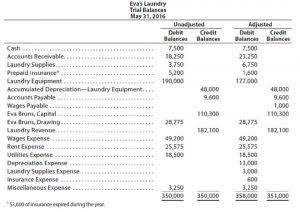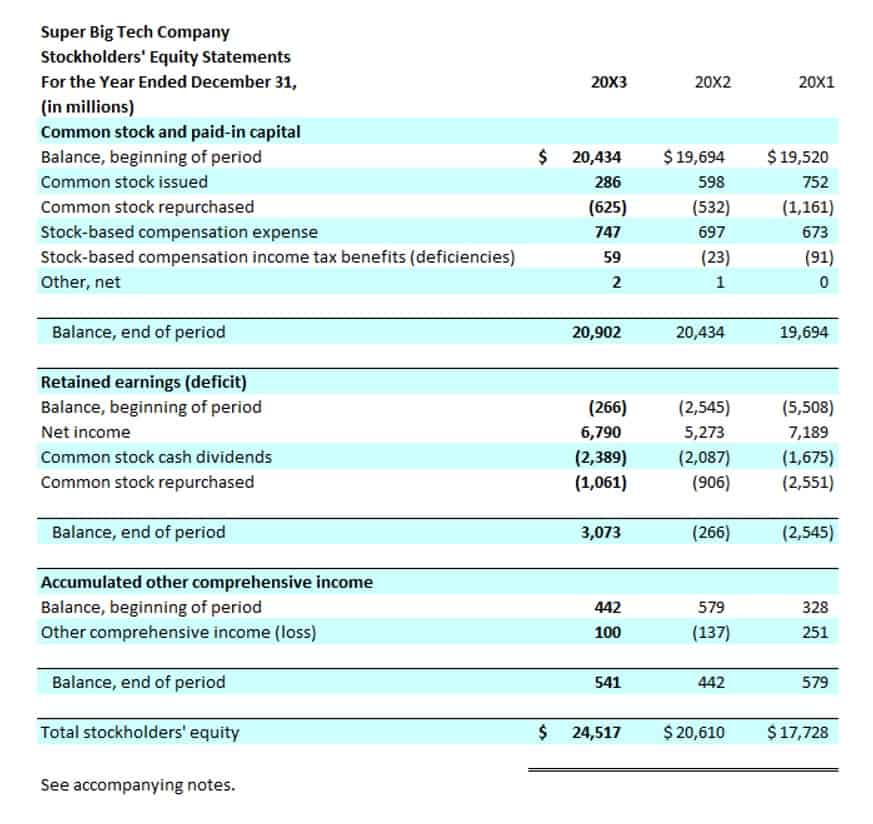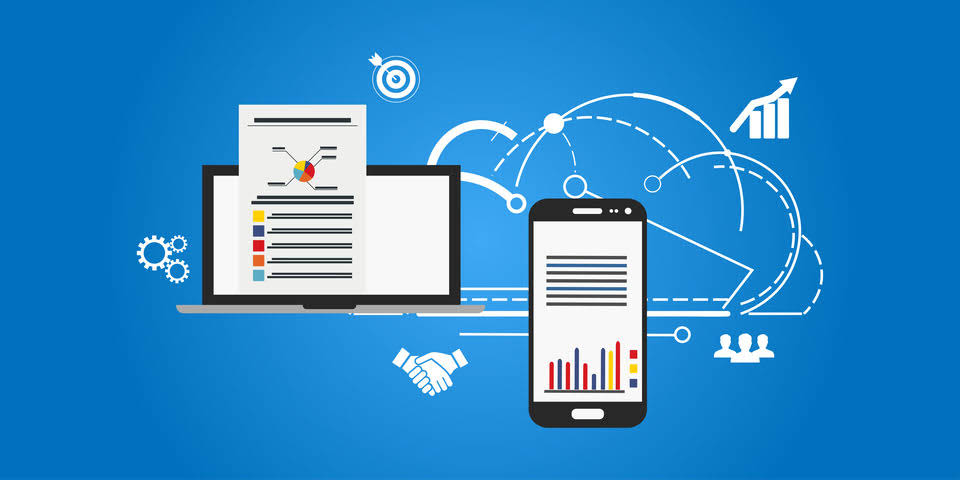
This blog will discuss the importance of encumbrance accounting and how it is performed. Therefore, these expenses are offset against the encumbrance that was initially recorded. This ensures that these funds are earmarked for their encumbrance accounting intended purpose only, preventing them from being allocated elsewhere. However, in the accounting ledger, the entire £500,000 is recorded as an encumbrance.

Pre-Encumbrance

Budgetary control involves additional processes such as validating transactions to determine Law Firm Accounts Receivable Management whether spending is permissible or whether sufficient funds are available. Encumbrance accounting is only concerned with creating encumbrance journal entries for documents such as purchase requisitions and purchase orders. Welcome to the world of accounting, where numbers, records, and financial transactions reign supreme.

Q: What tools are available for monitoring encumbrances?
You can enter encumbrance journal lines if your data access set provides read and write access to the ledger, balancing segment values or management segment values. You will not be able to enter encumbrance journal lines if you only have read access to the ledger, balancing segment values or management segment values. In encumbrance accounting, that number is upfront and easy for any budgeting committee or CFO to examine. By carefully and accurately tracking your encumbrance amounts, you also increase spending visibility. It reduces unnecessary spending when tracked this way and unearned revenue can help catch any fraudulent purchases more quickly.
Encumbrances vs. Actual Expenses
- These examples illustrate how encumbrances are utilized in various scenarios to track and manage financial obligations.
- An entry is made in the journal with a debit to the encumbrance account and transferred to the general ledger.
- Various software solutions are designed to facilitate encumbrance accounting, offering functionalities that automate and streamline the tracking and reporting of future payment commitments.
- Encumbrance also enables you to take control of your finances and prevent fraud from occurring.
- Understanding the process of recording encumbrances and the benefits it offers can help businesses make informed decisions and ensure financial stability.
- With how essential an accurate fund balance is, there are many ways accounting teams have tried to track this data.
- With encumbrance accounting, organizations record anticipated expenditures beforehand.
Now that we have explored the benefits of encumbrance accounting, let’s consider its limitations. Now that we understand how encumbrances are recorded and reported, let’s explore some practical examples to further illustrate the concept. These are just a few examples of the types of encumbrances that organizations may encounter. It’s important to note that the specific types of encumbrances can vary depending on the nature of the organization and its financial operations. Now that we have a clear understanding of what encumbrance is in accounting, let’s explore further the purpose and significance of encumbrance accounting. When you need to allot money for a future payment, such as when a purchase order is approved, the encumbrance account is debited.
- Our platform helps you simplify your AP and AR processes, eliminating manual errors and allowing for better tracking of your payments and vendors.
- Encumbrance accounting is the process of accounting for encumbrances and recording them in the general ledger as a transaction to the encumbrance account.
- Encumbrance accounting should not be confused with the term encumbrance in real estate.
- This can include purchase orders, contracts, or any other obligations that have not yet been fulfilled.
- In accounting, an encumbrance is an open commitment to pay for goods or services ahead of the actual purchase.
- Therefore, these expenses are offset against the encumbrance that was initially recorded.
Benefits of Encumbrance Accounting

Encumbrance also enables you to take control of your finances and prevent fraud from occurring. An Encumbrance is a type of transaction created on the General Ledger when a Purchase Order (PO), Travel Authorization (TA), or Pre-Encumbrance (PE) document is finalized. When an encumbrance is established, the organization’s financial manager should ensure funds will be available for payment of the transaction, in accordance with the overall life-cycle of the contract. The main currency used by the organization to conduct its operations is used when encumbering the items. In the second step, the items are unencumbered once they’ve been transferred to accounts payable.
- This involves updating the encumbrance amounts as commitments are fulfilled or modified.
- When the money is paid out, the bookkeeper zeros out the encumbrance account and reports the money as a paid expense.
- This enables you to allocate budgets to each department and ensure that no money goes out of your funds.
- By utilizing encumbrance accounting practices, organizations can optimize their financial resources, enhance transparency, and foster fiscal responsibility.
- The encumbrance is marketed in your organization’s accounts once you reserve the money.
- Encumbrance accounting is standard in government and nonprofit organizations to better manage funds and budget expenses.
- In the second step, the items are unencumbered once they’ve been transferred to accounts payable.
Browse hundreds of articles, containing an amazing number of useful tools, techniques, and best practices. Many readers tell us they would have paid consultants for the advice in these articles. But, if the encumbrance amount has to be altered for any reason, that will either increase or decrease the appropriations account.

Download our guide “Preparing Your AP Department For The Future”
Encumbrance accounting helps your company with budget visibility and analysis by recording planned future payments. Rather than just looking at current transactions, this type of accounting encourages tracking upcoming expenses to help show a more detailed view of your cash flow. One of the key trends in encumbrance accounting is the integration of artificial intelligence (AI) and machine learning capabilities. Additionally, AI can automate repetitive tasks, such as generating encumbrance reports, freeing up time for finance professionals to focus on more strategic initiatives. Financial statements indicate how budgetary resources are allocated to payment commitments before the actual expenditure incurs with encumbrance accounting. Encumbrances are accounted for in the balance sheet as reserved fund balances and can be adjusted or carried forward at the end of a financial year.
- While both encumbrances and accruals involve recognising financial events before cash transactions have happened, they serve different purposes.
- Implementing the correct AP automation solution to automate your financial processes and ensure each encumbrance is accounted for without increasing your accountants’ manual workload is essential.
- Encumbrance accounting provides a proactive and preventative process for budgetary control.
- Accurate encumbrance tracking is essential for compliance with government accounting standards, fiscal responsibility, budgeting and forecasting, and risk management.
- This can be done for future vendor payments against purchase orders or purchase requisitions or can be set aside for tax, mortgage, debt or legal payments.
- In other words, encumbrance accounting is like keeping some money separate, or ‘ringfenced’, in the budget and making sure it is only used for that planned expense, nothing else.
An Introduction to Encumbrance Accounting & The Encumbrance Process
The amount is set aside by recording a reserve for encumbrance account in the general ledger. This is to ensure that the organization has sufficient funds to meet anticipated payment obligations. Overall, encumbrance accounting serves as a crucial tool for effective budget management, accurate financial reporting, informed decision making, and maintaining financial control and accountability. By utilizing encumbrance accounting practices, organizations can optimize their financial resources, enhance transparency, and foster fiscal responsibility.

